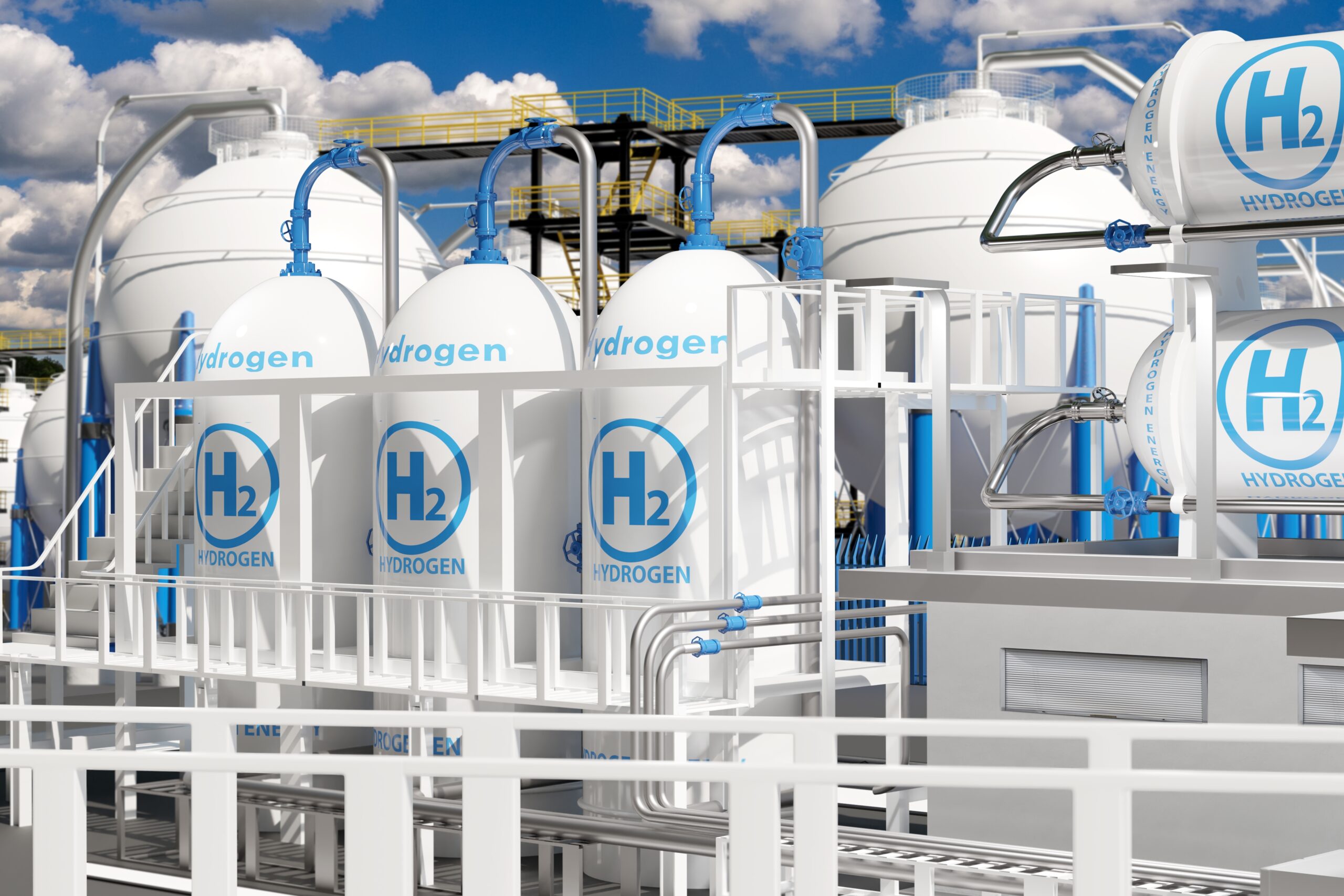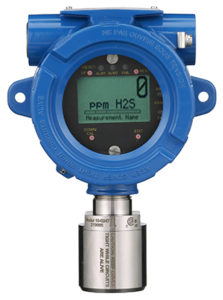Understanding Combustible Gas Detectors: Installation and Uses
- By : PureAire Monitoring Systems
- Posted on : April 24, 2024
- News Room
The PureAire Combustible Gas Detector is a safety device designed to detect flammable gases in an area. This early warning system is vital in identifying potential dangers that could go unrecognized until it is too late. Excessive levels of combustible gases, whether due to a gas leak or an accumulation of gases during manufacturing processes, can be overlooked because many flammable gases are invisible, odorless, and tasteless. There are several reasons why a gas detector is necessary:
- The type of work environment
- The possibility of gas leaks
- Compliance with safety laws and regulations
Knowing when to use a combustible gas detector is essential for protecting people and facilities from the dangers of an unnoticed gas buildup.
How Do Combustible Gas Detectors Work?
The Lower Explosive Limit (LEL) sensor is an integral component of combustible gas detectors. It plays an essential role in effectively detecting flammable gases and triggering alarms to alert users.
The primary function of the LEL sensor is to quantify the amount of combustible gas in the air. When the gas concentration in the environment reaches a level that could ignite or explode, it has reached its lower explosive limit. The sensor detects this threshold, and when it does, it triggers an alarm.
Understanding gas detection principles is essential to appreciate how LEL sensors work:
- Sensing: The LEL sensor first identifies the presence of combustible gases.
- Translating: Once detected, the sensor translates that data into electrical signals. The detector interprets electrical communication with a 4-20mA signal or relays to send to a control panel, horns, and strobes.
- Alerting: An alarm is activated if the gas concentration reaches unsafe levels.
Therefore, LEL sensors play an indispensable role in ensuring workplace safety by providing early warnings for potential hazards of combustible gases.
Do I Need a Combustible Gas Detector?
A combustible gas detector is an important safety tool, especially for those who work near potentially dangerous gases. Its purpose is to alert users to high levels of combustible gases in the air.
Potential Risks of Combustible Gases
Combustible gases can pose various risks, including fires and explosions. These risks exist in commercial and industrial settings and often occur without warning because many flammable gases are odorless and colorless. That’s why having a gas detector is crucial in these environments – it is a vital defense against potential disasters.
Compliance with Fire Codes and Regulations
Ensuring your facility follows fire codes and regulations is a legal requirement and essential for safety. Combustible gas detectors play a crucial role in achieving this compliance. Always check with your state and local authorities for the most up-to-date standards and regulations.
- Fire Code Compliance: Installing a PureAire Combustible Gas Detector helps you meet fire codes that mandate monitoring systems for flammable gases. This proactive approach protects against potential legal issues and improves safety for staff and property.
- Mandated Installation: Certain environments, such as boiler rooms, manufacturing facilities, or areas with combustible gases, have strict building code regulations. These rules specify using gas detection systems to monitor air quality continuously.
By meeting these requirements, organizations demonstrate their dedication to maintaining high safety standards while fulfilling their legal obligations.
Choosing the Right Flame Gas Detector
When choosing a combustible gas detector, you must consider the application and the environmental conditions where the detector is installed. Gas detectors are specifically designed for various applications, ranging from compact confined spaces to expansive industrial settings.
It is critical to verify if the gas detector can withstand the physical conditions of its environment. These conditions may include:
- Explosion-proof (EXP) ratings for devices used in hazardous locations.
- Ingress protection (IP) ratings to ensure dust and water resistance meet the application requirements.
The importance of a combustible gas detector in various professional settings cannot be overstated. Throughout this article, we have emphasized the essential role of PureAire combustible gas detectors in upholding safety standards. These devices act as a fundamental line of defense against the frequently unseen dangers presented by flammable gases.
- Importance of Gas Detection: The presence of flammable gases, undetectable by human senses, necessitates the utilization of explosive gas detection technology. With lower explosive limit (LEL) sensors, these detectors provide early warning signals to prevent catastrophic incidents.
- Safety and Compliance: Adherence to fire codes and regulations is a legal mandate and a fundamental aspect of operational safety. A PureAire combustible gas detector ensures explosion-proof compliance with such requirements while safeguarding personnel and property.
- Suitability and Maintenance: Selecting an appropriate detector requires careful consideration of its intended environment and application. Equally important is understanding the maintenance needs to guarantee continued reliability and accuracy over time.
Investing in a high-quality PureAire combustible gas detector aligns with a safety and regulatory compliance commitment. Actively monitoring potential dangers provides an investment in peace of mind. Choosing a reliable and accurate gas detection system takes a proactive step towards ensuring a safer working environment.
PureAire Combustible Gas Detectors
PureAire Monitoring Systems’ Combustible Gas Detector (LEL) offers continuous readings of combustible gases. The detector features an easy-to-read screen that displays current gas levels. In the event of a leak or buildup of combustible gas to an unsafe level, the detector will set off an alarm, complete with horns and flashing lights, alerting personnel to evacuate the area.
PureAire’s Gas Detector is housed in an explosion-proof enclosure specifically designed to prevent an explosion. PureAire’s durable, long-life LEL sensor will last 5-6 years in a normal environment without needing to be replaced.
FAQs (Frequently Asked Questions)
What Gases are Detected by a Combustible Gas Detector?
Some commonly associated gases with LEL include but are not limited to, natural gas or methane, propane, hydrogen, ethane, ethanol, butane, acetylene, IPA, and Isobutyl. For a full list of gases detected, see options under PureAire’s Combustible Gas Detector product summary.
What is a combustible gas detector?
A combustible gas detector is a device designed to detect the presence of flammable gases in an area, providing an early warning of a potential hazard.
How do explosion-proof gas detectors detect combustible gas?
Combustible gas detectors utilize lower explosive limit (LEL) sensors to detect flammable gases and trigger alarms to alert users of potential dangers.
Do I need a combustible gas detector?
PureAire’s Combustible Gas Detector is essential for anyone working with or around potentially hazardous gases. It can alert you to dangerous levels of combustible gases in the air.
How does compliance with fire codes and regulations relate to combustible gas detectors?
A combustible gas detector can help you meet the requirements set by fire codes and regulations, ensuring that you fully comply with the law. It is vital to abide by these regulations that mandate the installation of combustible gas detectors in certain areas to ensure safety.
What should I consider when choosing a suitable combustible gas detector?
Consider your combustible gas detector’s specific application and environment to ensure it suits your needs. Research the maintenance requirements of different LEL gas monitors to understand the ongoing costs and time commitments involved in maintaining a properly functioning detector.




